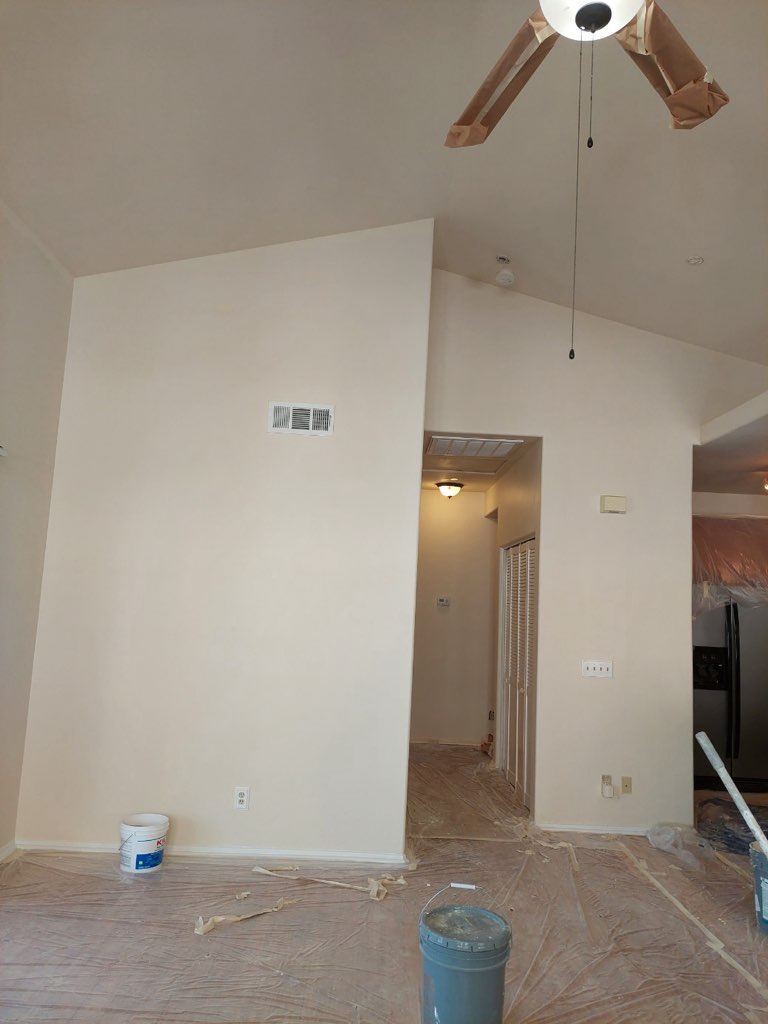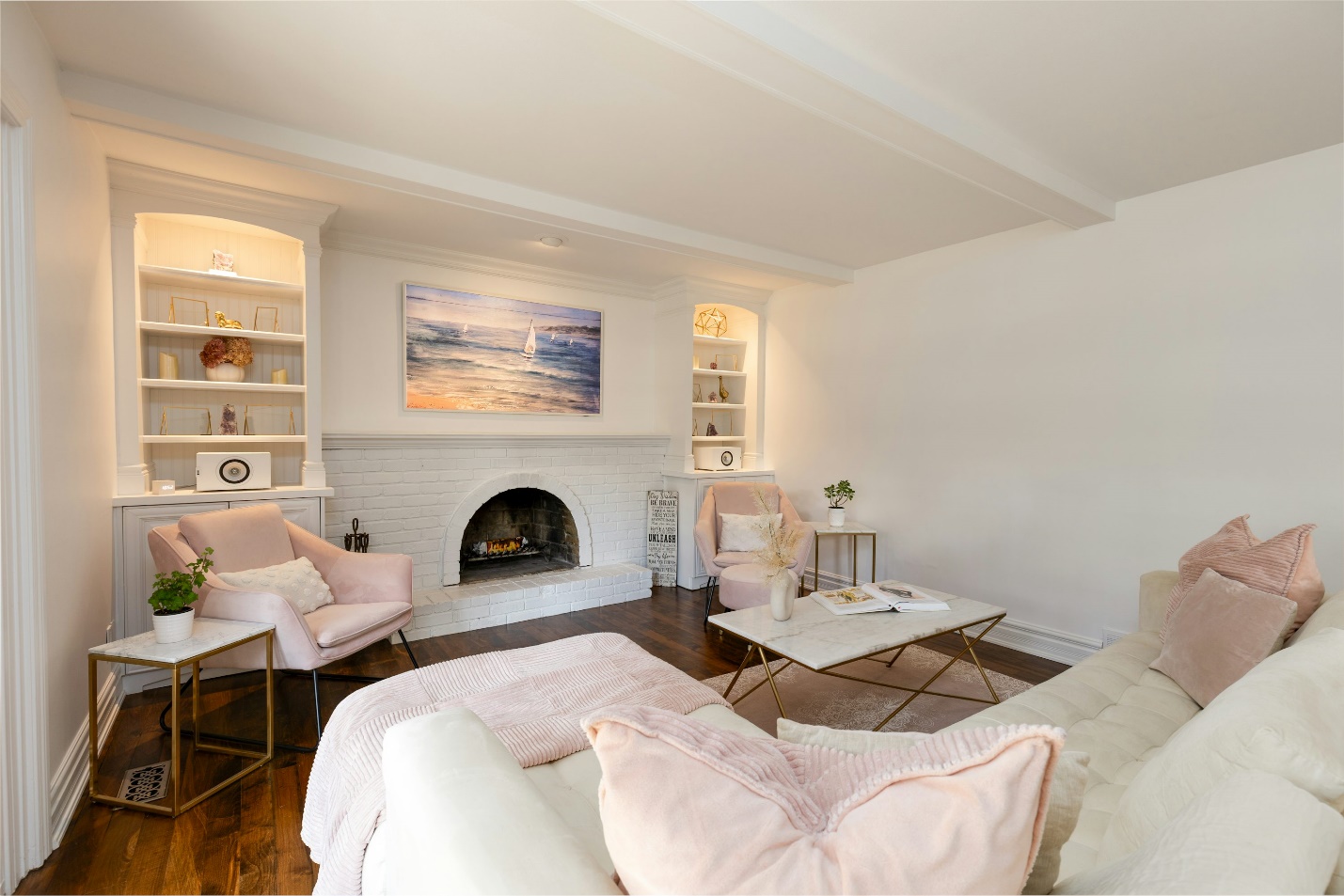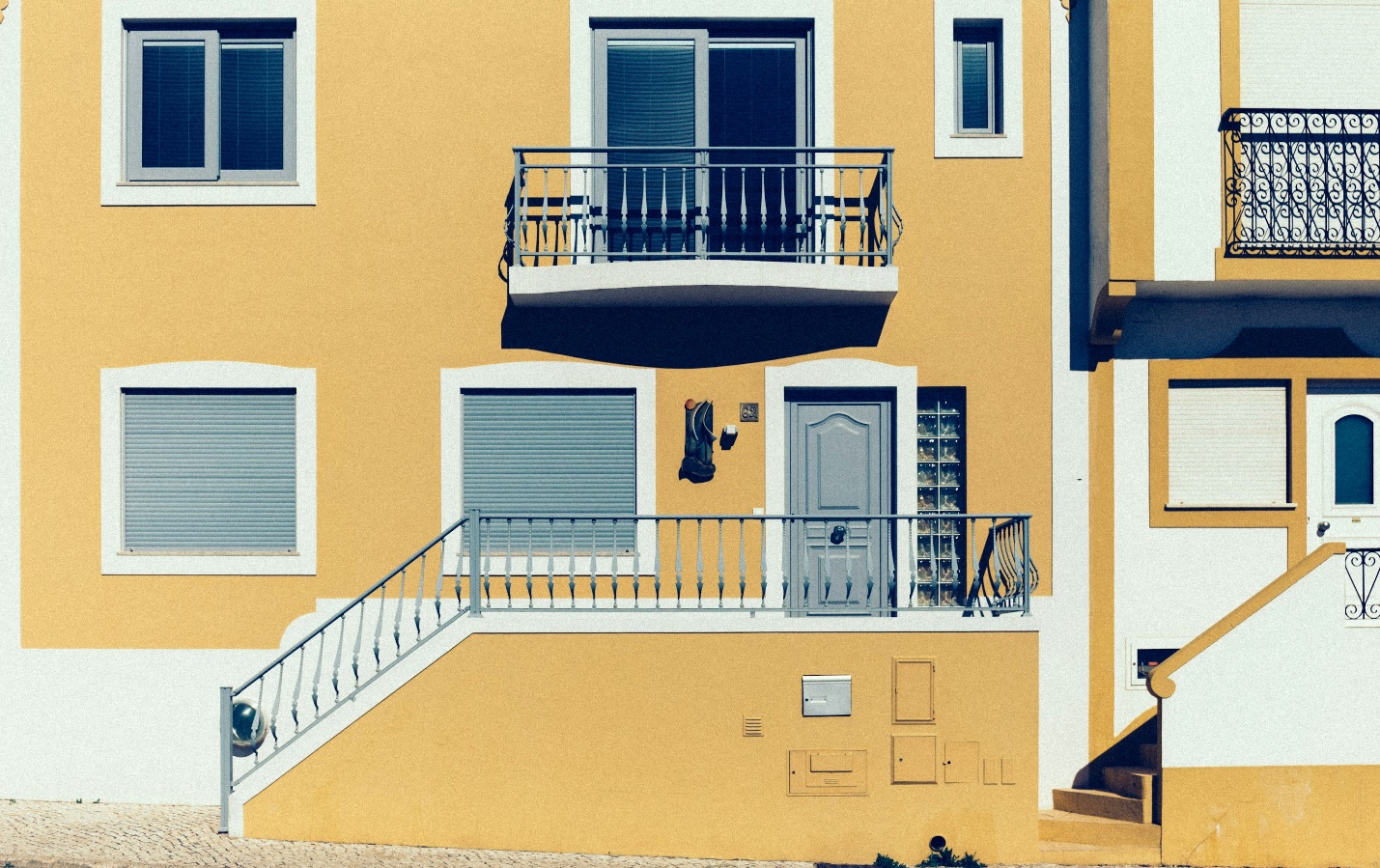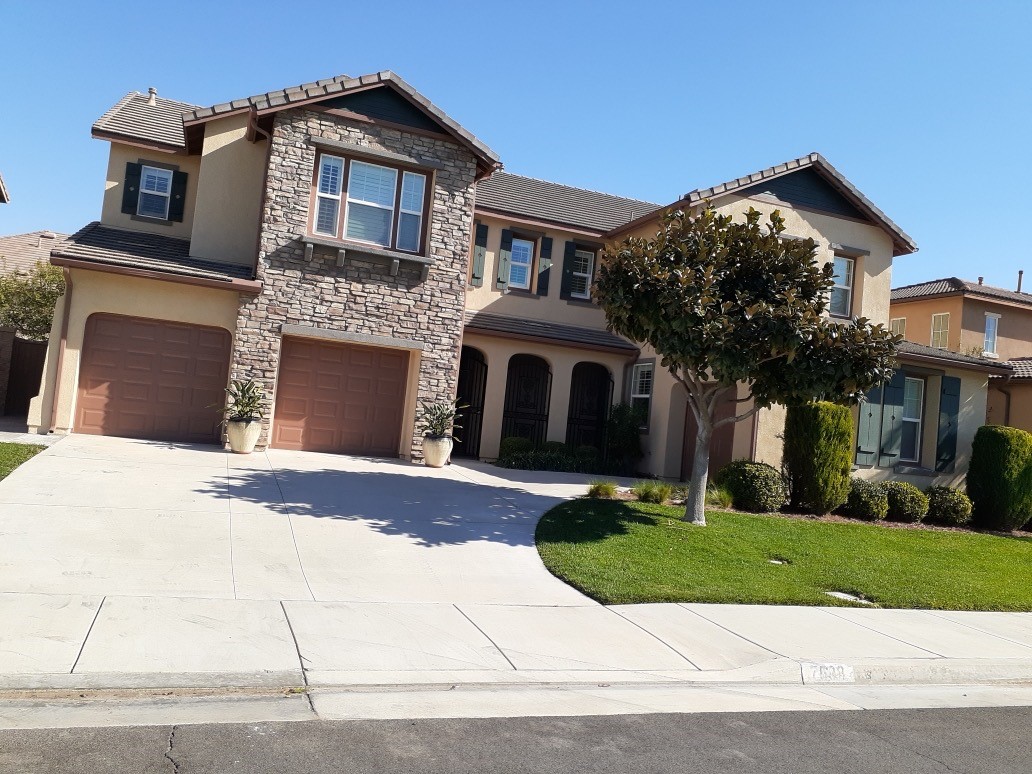Modern architecture has long been celebrated for its clean lines, innovative designs, and minimalist appeal. As architectural styles evolve, one often-overlooked yet essential component in creating both striking and functional spaces is paint. The role of paint in modern architecture goes beyond mere aesthetics—it enhances the overall design, supports sustainability, and can even contribute to functionality. Whether through sleek finishes or creating mood-enhancing environments, paint has become a crucial element in shaping residential and commercial spaces alike.
In this blog, we will explore the transformative role of paint in modern architecture, delving into how it serves both style and function. We will also highlight how services like residential painting, commercial painting, interior painting, and exterior painting play pivotal roles in making architectural designs come to life.
Elevating Aesthetic Appeal with Paint:
One of the most obvious roles of paint in modern architecture is enhancing the aesthetic appeal of spaces. Contemporary architects and interior designers often prioritize sleek, minimalist designs, and the right paint can elevate these elements, making spaces feel more dynamic or serene. In modern homes and commercial buildings, paint isn’t just about adding color; it’s about creating the perfect backdrop for the space.
For example, in residential painting, neutral tones like whites, greys, and soft beiges are commonly used in modern homes to create a sense of openness and sophistication. These shades often highlight architectural features like clean lines and large windows, emphasizing natural light and creating a seamless transition between indoor and outdoor spaces. On the other hand, commercial painting projects may use bold colors to create energy or promote brand identity within office spaces or retail environments.
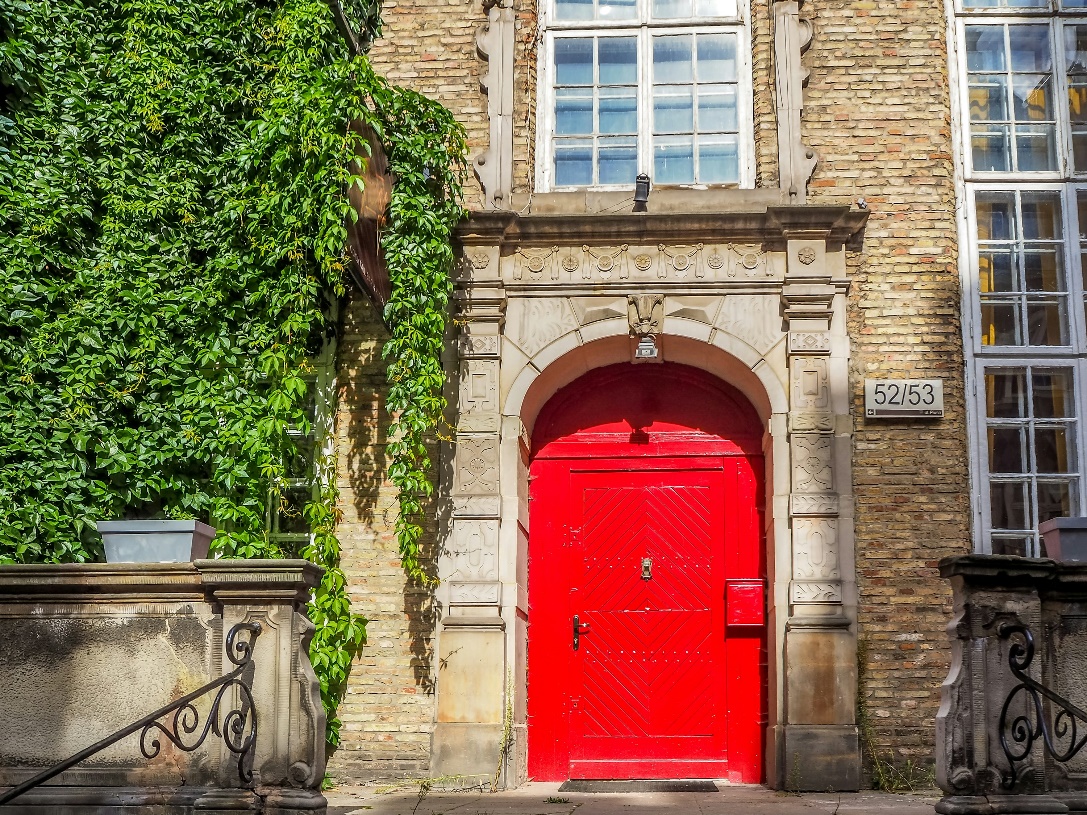
Color consultation services have become essential in modern architectural projects, allowing homeowners and business owners to make informed decisions about color palettes that not only look appealing but complement the architectural style. A professional color consultation helps in selecting hues that harmonize with the interior design, ensuring that the paint enhances rather than overwhelms the overall look.
The Functional Benefits of Paint:
While the aesthetic appeal of paint is evident, its functional benefits are just as important in modern architecture. Interior and exterior painting serve practical purposes that contribute to the longevity and sustainability of buildings.
In terms of exterior painting, a well-applied coat can protect the building from harsh weather conditions such as rain, wind, and UV rays, which are particularly important in regions like California. Quality exterior paint helps prevent water damage and protects the surface from cracking or fading over time. This not only maintains the visual appeal of the structure but also prolongs its lifespan, saving homeowners and businesses from costly repairs in the future.

When it comes to interior wall painting, the functionality of paint extends to creating environments that are easy to maintain. For high-traffic areas like offices or kitchens, durable paints that are resistant to stains and easy to clean are ideal. Commercial spaces often rely on high-performance paints that can withstand daily wear and tear, reducing the need for frequent touch-ups.
In some cases, functional paints are used to enhance energy efficiency. Light-reflective paints, for instance, are commonly used in modern buildings to maximize natural light, reducing the need for artificial lighting during the day. This is especially beneficial in commercial settings where large spaces need to be well-lit, making interior painting a crucial element in sustainable design.
Paint and Interior Design Harmony:
One of the key roles of paint in modern architecture is creating harmony between the architecture and the interior design. While architectural elements provide the bones of a space, paint brings those elements together and sets the tone for the environment.
In residential settings, interior wall painting is used to create warmth and coziness in living areas or bedrooms, while cooler tones can provide a calm, focused atmosphere in workspaces. Color choices directly impact the mood of a space—vibrant colors like reds or yellows can energize, while softer blues and greens are known for their calming effects. This interplay between color and emotion is a core aspect of modern interior design, and professional painters often collaborate with designers to achieve the desired atmosphere.
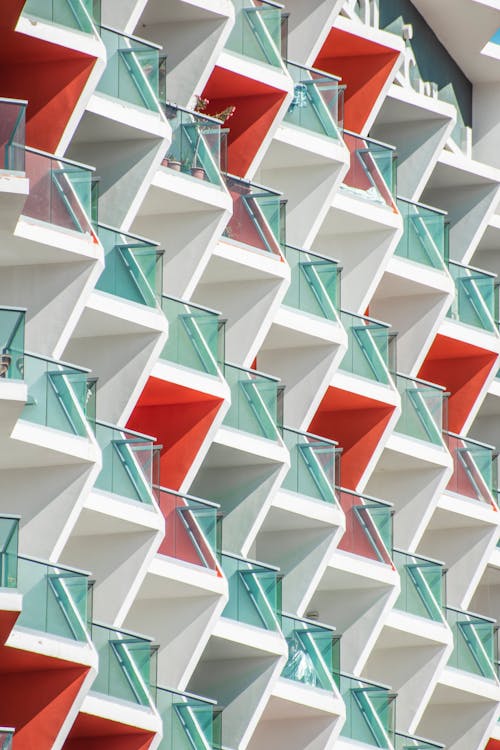
In commercial painting, the choice of colors can influence not only the aesthetics but also the behavior of the people within the space. For instance, retail spaces may use bright, bold colors to catch attention, while offices may use neutral tones to encourage concentration and focus. In such environments, color consultation is crucial for ensuring that the chosen hues align with the purpose of the space, making the collaboration between professional commercial painters and interior designers essential for achieving the desired outcome.
The Versatility of Paint in Modern Spaces:
Paint also offers a level of versatility that other architectural elements cannot. It can be used to create various textures and finishes, such as matte, glossy, or satin, that add depth to a space. Whether the goal is to create a sense of luxury through high-gloss finishes or maintain a minimalistic, understated vibe with matte shades, paint can dramatically change the perception of a room.
Moreover, paint plays a vital role in restoring and renovating older buildings, helping them align with modern architectural trends. In adaptive reuse projects, where older structures are repurposed for modern use, paint helps blend the old with the new. A fresh coat of paint can breathe new life into a dated structure while preserving its architectural integrity, making it a popular choice for commercial buildings undergoing transformation.
The Importance of Professional Painters:
Given the critical role paint plays in modern architecture, it is essential to hire professionals who understand both the aesthetic and functional needs of a space. Professional commercial painters and residential painting experts ensure that the paint is applied correctly, resulting in a finish that not only looks great but also lasts for years. They have the knowledge and experience to recommend the best types of paints, finishes, and techniques based on the building’s unique needs.
In modern architecture, where every detail counts, a well-executed paint job can be the difference between a space that feels incomplete and one that feels cohesive and polished. By investing in professional painters, both residential and commercial clients can ensure that their spaces reflect the beauty, innovation, and functionality of modern architectural design.
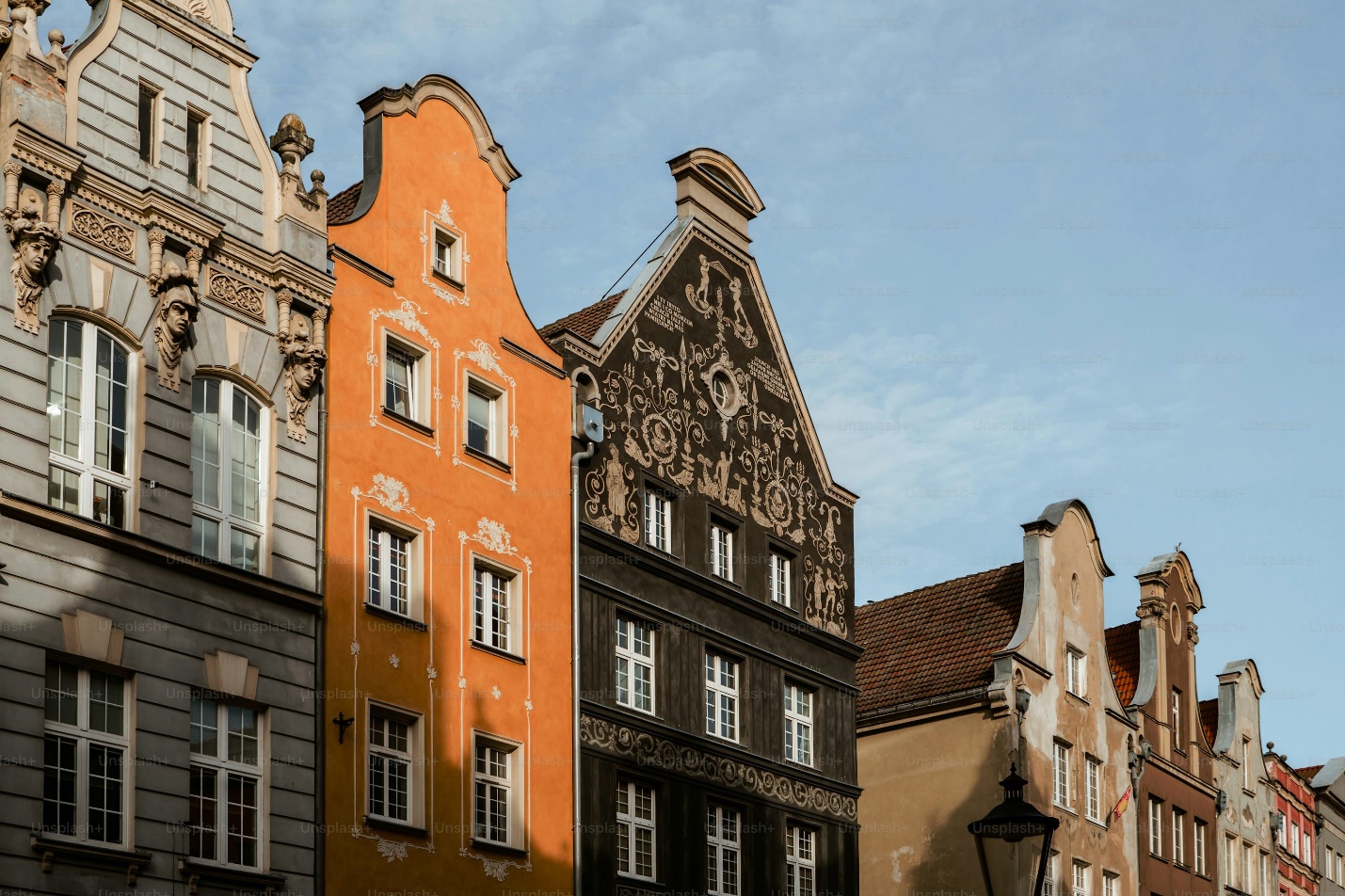
Transforming Spaces with Silver Star Painting:
Paint is far more than a finishing touch in modern architecture—it’s a tool that transforms both the style and functionality of a space. Whether it’s residential painting that brings warmth to a home or commercial painting that enhances a business’s environment, paint plays a vital role in shaping how we experience modern spaces. From color consultations to selecting the right finishes, working with professionals ensures that every architectural detail is elevated to its full potential.
If you’re looking to elevate your residential or commercial property, Silver Star Painting offers a range of services, including interior painting, exterior painting, and professional commercial painters. Our team will work with you to bring your vision to life, ensuring a flawless finish every time.
Contact us today to schedule your consultation and see how we can transform your space.

